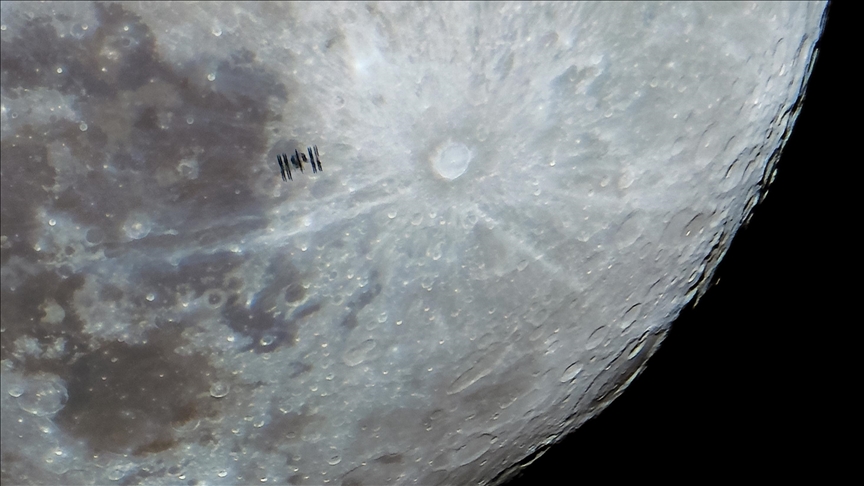Cold War-era spacecraft of former USSR to reenter Earth’s atmosphere after 53 years in orbit
Venus probe Kosmos-482, which was launched in 1972, will make uncontrolled descent to Earth next week
 File photo
File photo
ISTANBUL
A Soviet spacecraft launched more than half a century ago will make an uncontrolled descent through Earth’s atmosphere next week, marking the dramatic end of a Cold War-era mission that never left orbit, according to several media reports.
Science Alert reported on Friday that Kosmos-482, a 500-kilogram (1,102-pound) Venus lander launched by the former USSR on March 31, 1972, aboard a Molniya rocket from the Baikonur Cosmodrome, was intended to follow its sister probe Venera 8 on a mission to Venus but is now expected to re-enter Earth’s atmosphere around May 10.
Kosmos-482 became stranded in Earth orbit after a rocket malfunction—likely a timer failure—and a portion of it has remained there ever since, the report added.
According to satellite tracker and analyst Marco Langbroek of Delft University of Technology, the spacecraft is now expected to re-enter the atmosphere around May 10, though the precise time and location are uncertain.
"As this is a lander that was designed to survive passage through the Venus atmosphere, it is possible that it will survive reentry through the Earth atmosphere intact," Langbroek wrote in a recent post to his blog.
Risk remains minimal
The spherical descent capsule, roughly one meter in diameter, was designed to withstand the crushing pressures and heat of Venus’ carbon dioxide-rich atmosphere.
While most of the original payload disintegrated decades ago, this capsule’s rugged design could allow it to survive its final plunge.
However, Langbroek emphasized in an email reported by The Guardian that the chances of it causing harm are extremely low. "The risk is similar to that of a random meteorite fall, several of which happen each year. You run a bigger risk of getting hit by lightning in your lifetime."
Astrophysicist Jonathan McDowell of the Harvard-Smithsonian Center for Astrophysics also noted in an email: "It would be better if the heat shield fails, which would cause the spacecraft to burn up during its dive through the atmosphere. But if the heat shield holds, it’ll re-enter intact and you have a half-ton metal object falling from the sky."
The projected reentry zone extends from 52° north to 52° south latitude, covering vast areas of the globe from London to Cape Horn. However, because the majority of the Earth's surface is water, an ocean splashdown is the most likely, according to Science Alert.
The impending descent of Kosmos-482 serves as a reminder of the aging space debris that continues to orbit Earth.
Though smaller than recent uncontrolled reentries, such as China's Long March 5B booster in 2022, it joins a growing list of relics returning from space as orbital congestion becomes a concern in 2025.
The spacecraft's final descent may be visible as a bright streak during pre-dawn passes in the Northern Hemisphere—a fitting farewell to one of the last remaining witnesses of the Soviet planetary program.




